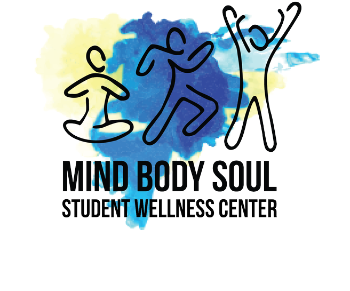 What is meditation?
What is meditation?
Meditation isn’t about becoming a different person, a new person, or even a better person. It’s about training in awareness and getting a healthy sense of perspective. You’re not trying to turn off your thoughts or feelings. You’re learning to observe them without judgment. And eventually, you may start to better understand them as well.
What is mindfullness?
Mindfulness is the ability to be present, to rest in the here and now, fully engaged with whatever we’re doing in the moment, free from distraction or judgment, and aware of our thoughts and feelings without getting caught up in them.
What is the difference?
Meditation is the training ground for learning mindfulness. At first, we meditate to become familiar with the here and now for a limited period of time. Over time, however, regularly practicing mindfulness helps us develop the ability to be present throughout the day, every day.
Virtual Class Available - Tuesdays at 5:00 pm
Looking Within: Developing a daily "home" Mindfulness Mediation practice. Ongoing Virtual Zoom Series. Designed as a “how to’ technique workshop approach – how to sit & practice meditation. Beginning with physical postures and working through to undoing deeper emotional habits.
Join me - Larry Birkett - I’ve been practicing various formal mediation techniques in the Tibetan, Vipassana and Zen Buddhist traditions for 10+ years and have experience teaching yoga teachers, inmates in correctional facilities, and faculty/staff/students at MU for about 5 years.
*** You do not have to be Buddhist to practice Mindfulness Mediation - it's just happens to be where the roots of the practice are, but the techniques and benefits are available to people of any & all faith/spiritual traditions including no faith / spiritual traditions. ALL are welcome! ***
https://us02web.zoom.us/j/81428570467
-
Types of Meditation
-
Benefits of Guided Meditation
-
Basic Tips for Guided Meditation
-
Meditation Guide
Types of Meditation
1. Focused attention: This form of meditation is fairly straightforward because it uses the object of our breath to focus attention, to anchor the mind and maintain awareness. Notice your mind starting to wander? Simply return to the breath.
2. Body scan: This technique is designed to sync body and mind by performing a mental scan, from the top of the head to the end of your toes.
3. Visualization: This type of meditation invites you to picture something or someone in your mind — we are essentially replacing the breath with a mental image as the object of focus.
4. Loving Kindness: Focusing on the image of different people — it doesn’t matter if we know them or not, if we like them or not — is integral to this technique.
5. Resting Awareness: Rather than focusing on the breath or a visualization, this technique involves letting the mind truly rest; thoughts may enter, but instead of distracting you and pulling you away from the present moment, they simply drift away.
6. Reflection: This technique invites you to ask yourself a question: perhaps something such as, “What are you most grateful for?” Be aware of the feelings, not the thoughts, that arise when you focus on the question.
Benefits of Guided Meditation
- It can literally grow the gray matter in your brain -neuroplasticity
- The brain is reshaping itself, its chemical pathways and cells by adapting to our thought patterns, environments, and experiences
- The more we train for “positive thinking”, the likelier we are to think positively in the future and see things optimistically
- Lowers stress/cortisol levels/anxiety
- Can help you separate what already happened from what you’re adding to what happened, making negative situations more manageable
- It can reduce chronic pain
- It can improve sleep quality
Basic Tips for Guided Meditation
- Commit to a regular practive, a few times a week if possible. Be clear about the time you will carve out and where you will sit. A popular time to meditate is first thing in the morning. Same time, same place will help you build your meditation practice.
- Wear whatever you like. The important thing is that you are comfortable and relaxed.
- You can meditate inside or outside and can sit on the floor, a cushion, bench, chair, or anything else that works for you. Sitting toward the front of the chair will help with the correct posture: back straight, neck relaxed, chin slightly tucked in. Rest your hands loosely on your lap or knees.
- Be clear on your motivation. The reasons to meditate are broad and subjective as well as different for everybody. But it’s helpful to start with a clear motivation — to know why you are wanting to meditate.
Meditation Guide
Additional websites and apps
 What is meditation?
What is meditation?


